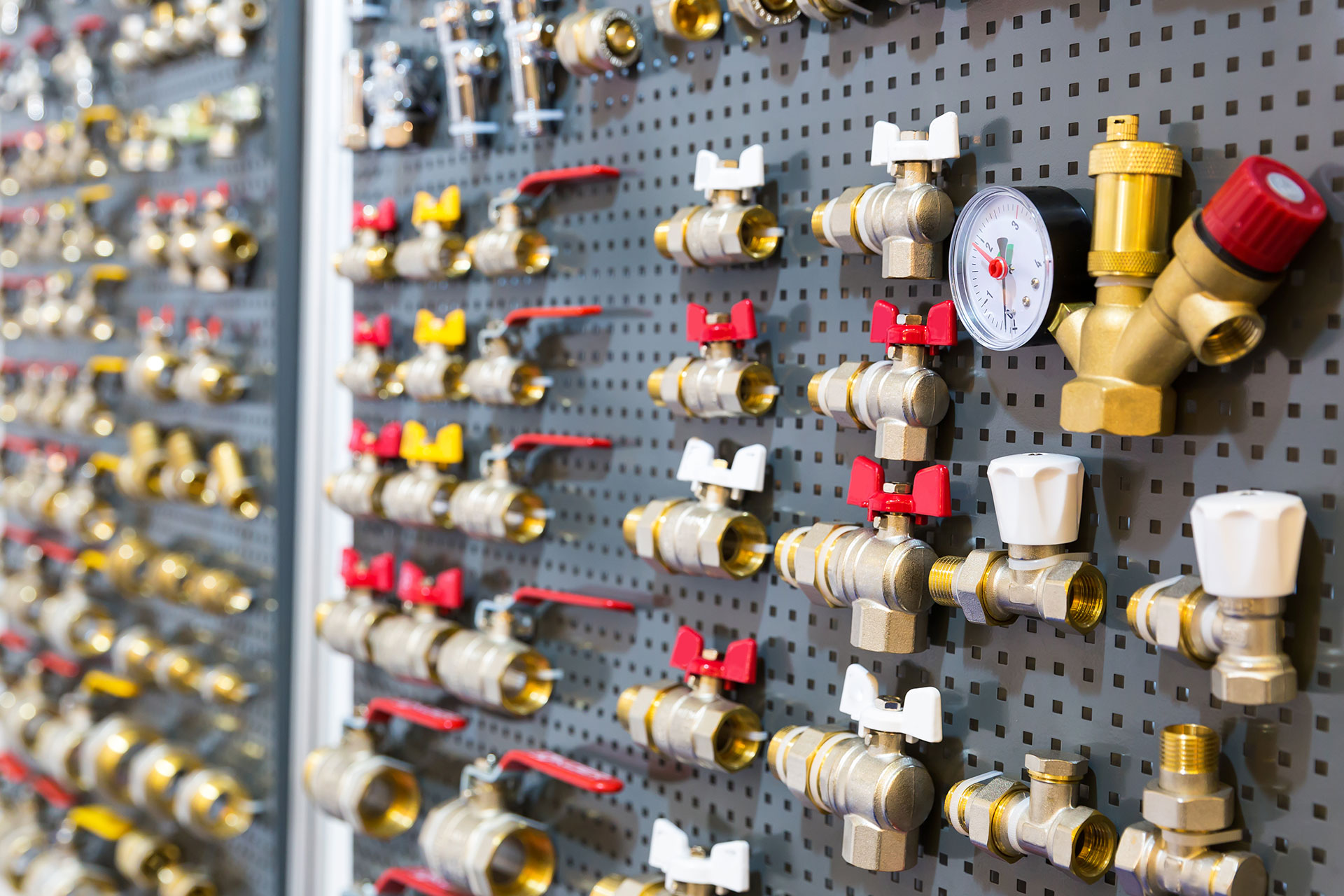
25 Jun The 7 Valves Used in Residential Plumbing Systems
A residential plumbing system will not be complete without valves that help regulate and control the flow of water supply coming from water utility companies/providers as well as private wells. With the variety of applications that valves are used for, they are also designed to function differently, serving different plumbing needs.
Here are the valves used in residential plumbing systems:
1. Ball Valve
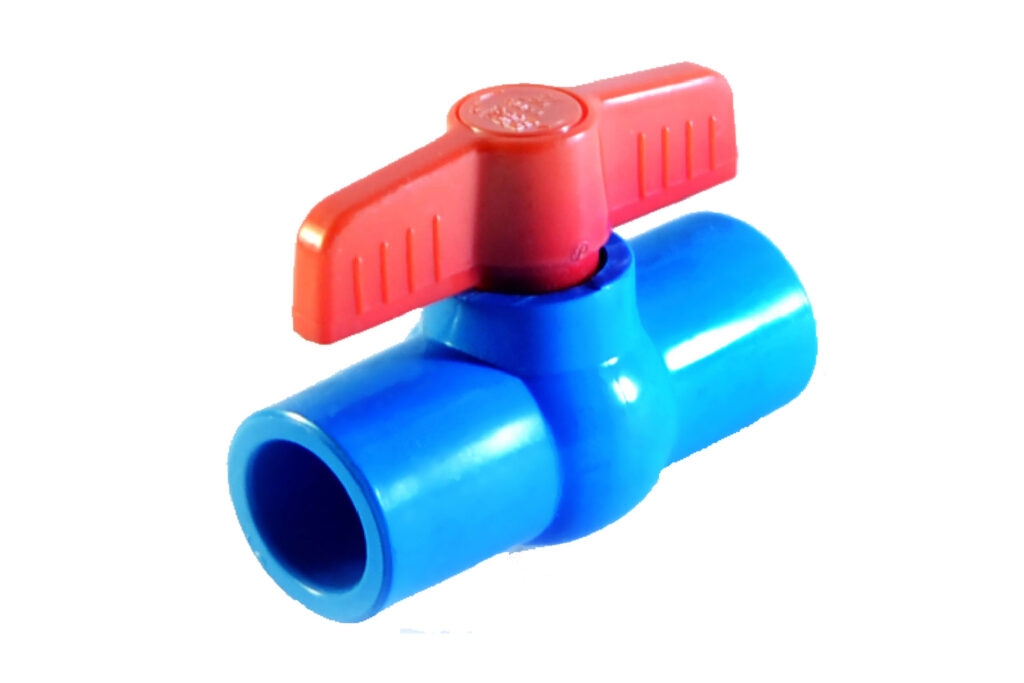
Hence its name, ball valves contain a ball inside that has a hole in the middle, and that hole is connected to a lever handle. The lever handle is the one that controls the ball valve and simply indicates whether the valve is open or closed.
They are designed to either be completely opened or closed, so they can only allow full flow or full stop on the water flow, just like gate valves. They are also the most reliable type of valves, which make them ideal as shutoff valves for both main water lines and branch lines. Ball valves are commonly used as a replacement for gate valves since they have similar functions.
2. Butterfly Valve
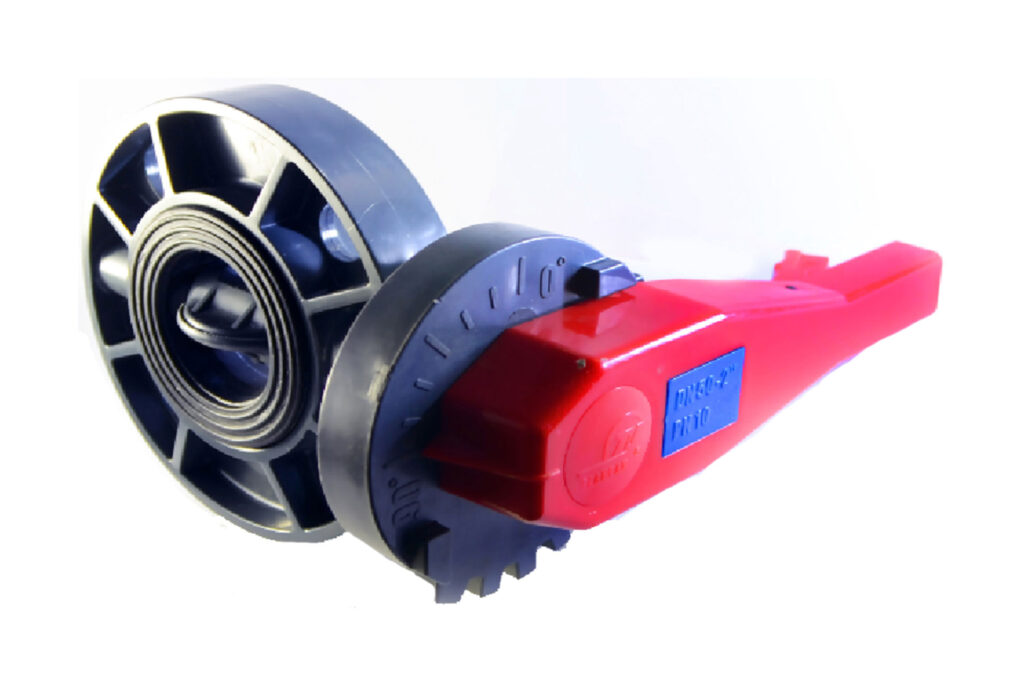
Another valve with a lever handle. Butterfly valves somehow take after ball valves in terms of their exterior. A metal disc, which is found at the center of the interior of this valve, rotates to control the flow of water. Butterfly valves, however, function differently from ball valves because they are designed to regulate the volume of water flow. They are not merely for on-off purposes because they can be adjusted.
Not all residential plumbing systems use butterfly valves and you would normally see them in industrial plumbing applications. Take note as well that this type of valve may incur some maintenance concerns after just a few years, so it is necessary to have it checked to avoid costly repairs.
3. Globe Valve
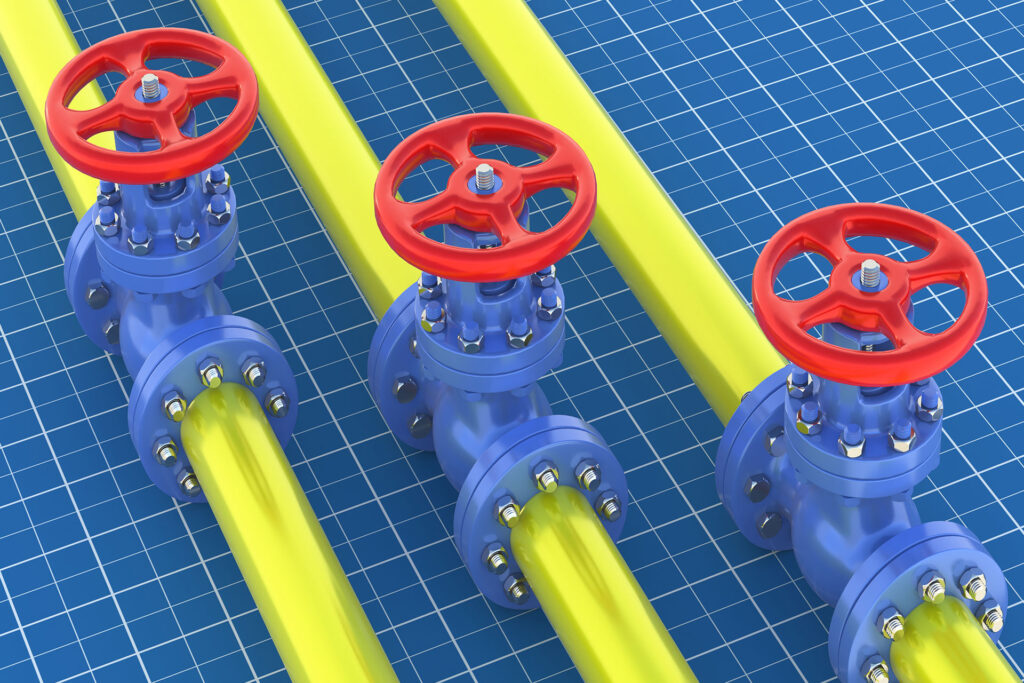
The globe valve has a distinct shape that can’t be seen in other types of valves and also has a bulge on its structure. It is normally used in applications wherein there is a need for frequent control and adjustment in the flow of water. A stopper at the end of the valve stem is found in the interior of this valve and is lifted and lowered through the twist knob. When the stopper is pushed against the interior valve seat by the stem, it will result in a complete stop of water flow.
To have precise control of the volume flow, the stem can be lifted gradually away from the valve seat. Globe valves are also ideal for outdoor faucets and other utility faucets because they are efficient in controlling the flow of water.
4. Gate Valve
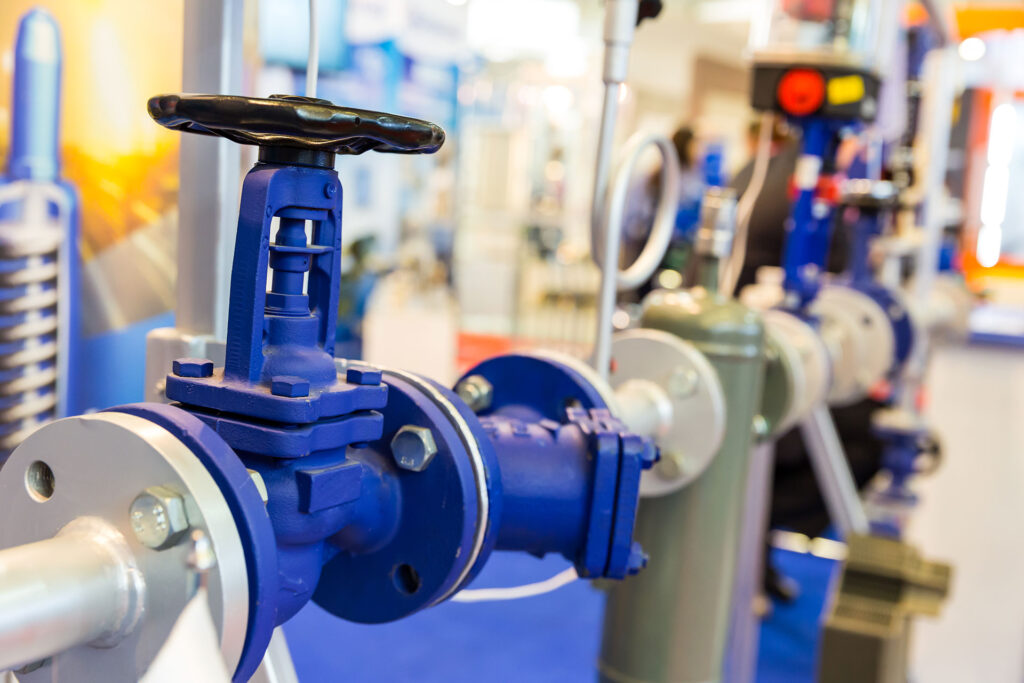
Gate valves are the most commonly used valves in many plumbing applications — residential plumbing systems included. Since they come in handy when you need an effective water stopper, they are also normally used as shutoff valves for main water supply lines. Through the use of a twist-type handle found on top of the valve that lifts and lowers the barrier which serves as the “gate,” you can regulate water flow. However, keep in mind that gate valves shouldn’t be used to control the volume of water flow because they are designed to either be completely opened or closed. Using them to adjust the volume of water can cause them to easily wear out.
A regular check or maintenance for gate valves is advisable given their tendency to develop corrosion in their internal parts. When corrosion occurs inside, gate valves also get stuck in an on/off position, which can be troublesome if left unattended.
5. Check Valve
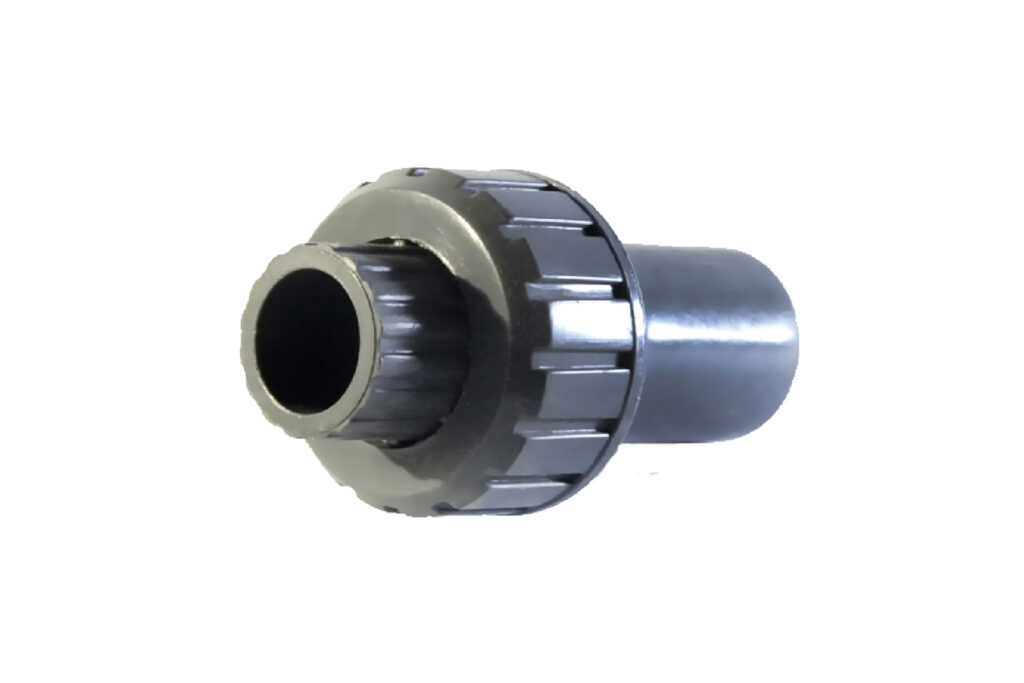
Check valves are designed mainly to ensure that the water flows only in one direction. Unlike other types of valves, check valves are mostly not operational, which is why they don’t have handles to control the flow of water; to open or close the valves. They are also found in many residential plumbing systems.
This type of valve functions by using a pressure-controlled disc that allows water to flow in one direction. The pressure that is applied to the disc causes the valve to open, allowing for water to flow through. When this happens, the disc then returns to the seal. Check valves are common in plumbing applications such as outdoor faucets and lawn sprinkler systems.
6. Pressure-Reducing Valve
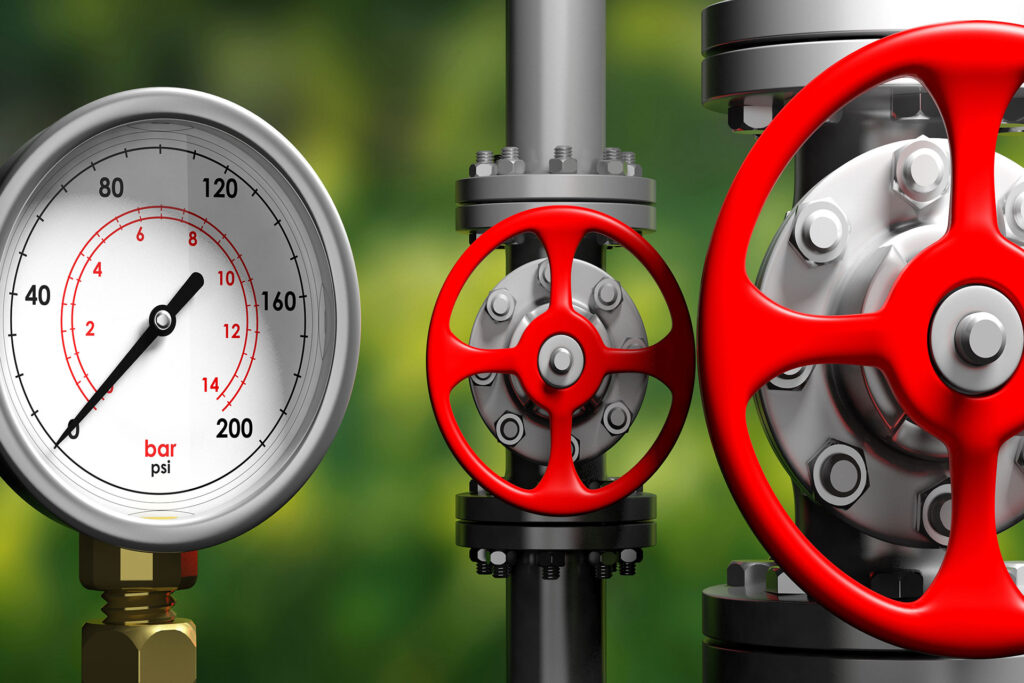
Pressure-reducing valves are useful for saving water because they contain water flow and reduce the overall water pressure that’s coming into homes through main water lines. This type of valve is usually applied in homes where water pressure is high and where water pressure can significantly damage the residential plumbing system.
7. Under-Sink Valve
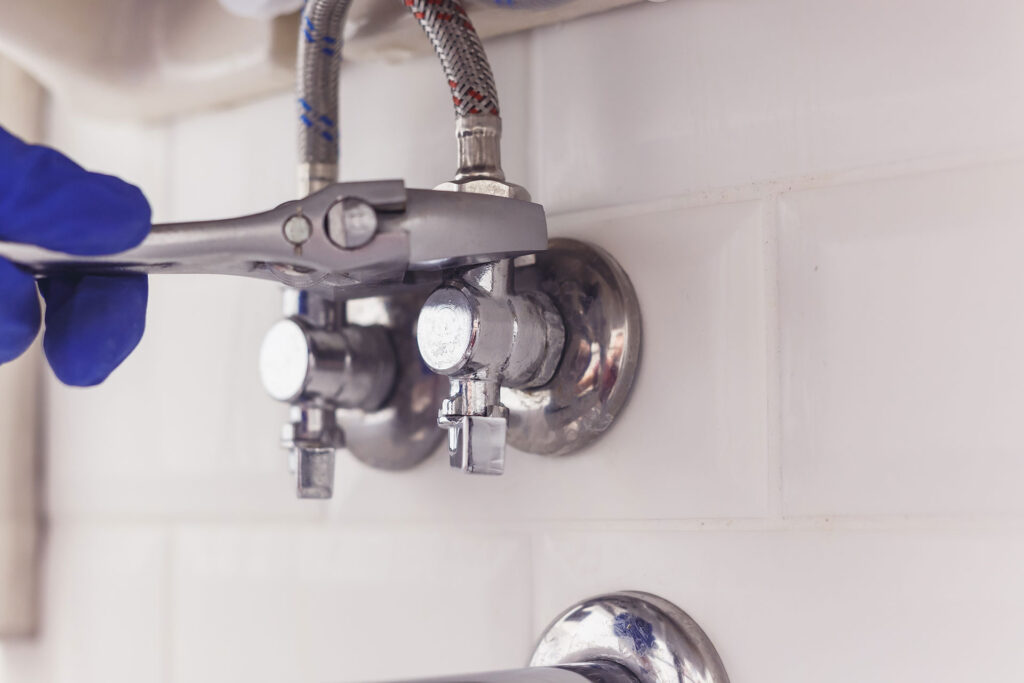
Under-sink valve, also known as a fixture shutoff valve or stop valve, has a twist knob or handle that is used for controlling water flow in the plumbing fixture, such as the sink, toilet, and faucet. It also looks similar to a small gate valve and allows you to turn off the water to the plumbing fixture without actually having to turn off the water through the main shutoff valve. A downside to this type of valve is that it tends to leak.
In need of affordable and high-quality uPVC valves, PVC pipes, and fittings for your next project? Inquire from us today and we will offer you high-quality products that you’ll need for your project.
Don’t forget to like and follow us on our Facebook page!
